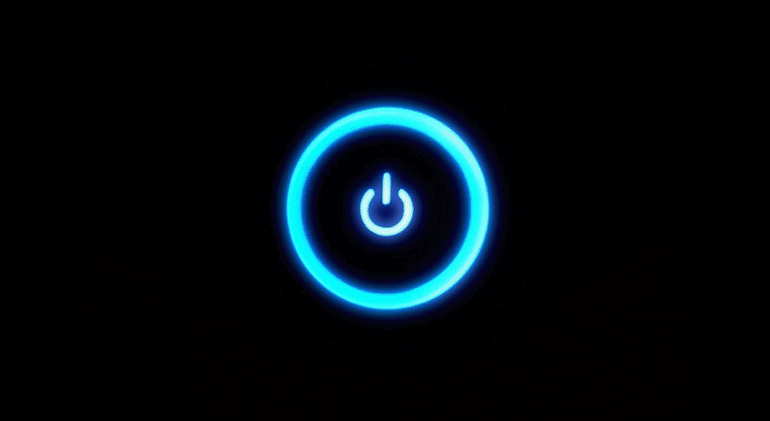- Chris Bratton - Tech Journalist
Energy savings by turning off your device while in standby mode
We must wonder after learning that our smart gadgets consume energy while putting those on standby mode. Moreover, it is no less energy than those devices consume while we use them. A report from BBC states that people can save around £147 yearly by switching off the machines. Therefore, we must ensure if we are turning off the devices correctly or not. However, to understand this more clearly, read the rest of the article.

Let's talk about the standby mode first. Generally, our electronic devices consume time to start correctly after establishing the connection between the devices and the electricity socket. Therefore, modern technology has come with an impressive solution which will allow the devices to start quicker.
And that is the sleeping mode or standby mode. The visible standby mode exists in several appliances, such as television, phone charger, microwave oven, washing machine, printing machines, phone chargers, etc. While these gadgets are on standby modes, they are always ready to start immediately and operate. And to avail of this facility, these gadgets consume power continuously.
Now let's talk about how much we pay for this standby facility. Despite various gossip, we must conclude that the gadgets do not consume the same energy as those we use. But there is an exception. Older devices are more likely to consume more energy while on standby mode. New appliances are likely to consume only 1 watt per hour, whereas the same machine ten years old generally consumes 12 to 13 watts per hour while on standby mode.
According to various sources, a new device which consumes only 1 watt per hour on standby mode can finish above 8500 watts in a year. Again, on the other hand, a ten-year-old device consumes above 90,000 watts per year. About 1 kilowatt, 1000 watts makes 1 kilowatt.
Therefore, if you pay $1 for 1-kilowatt electricity per hour with a new device, you are paying around $8.50 yearly, and with the same old machine, it can be up to $90. If you are using approximately ten devices which have standby modes, the cost you pay for this facility is around $90 to $900 yearly. Now, you can estimate how much you are paying for not switching off the devices.
Since we know how the standby mode consumes power and costs more than usual, we must deduct the cost and pay only for the used wattage. And there are plenty of ways to do that. Unplugging the power cable from the power supply point is compelling.
Though it is efficacious, it is hard to do all the time since we will forget to do this. However, we can make that more accessible than that. A special thanks to John Henry Holmes who invented the electric switch and by adding a button to each point, it can deduct the cost. Initially, it may cost you some money, yet it can save a lot.
Let's have a rough assumption about how much it may cost you to add a switch to each point. A good quality electric socket with a controller will cost around $2 to $4. And, if you are using about ten devices which are consuming electricity by being on standby mode, the total switch attaching cost will be a max of $80.
The labour cost will be around $20 to $30, and there are some other costs related to this like costs of cable, drilling and others. Now you think, isn't it wise to spend only $80 to $100 to minimise a $1000 bill yearly? Moreover, it is a one-time cost, and a switch from a good brand can last at least eight years. Therefore, we can say, a $100 bill can save us from paying around $8000 in the next eight years.









